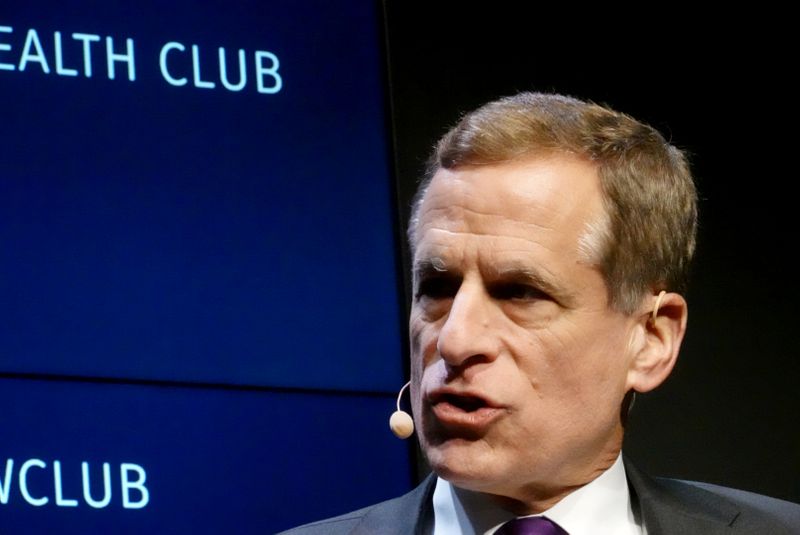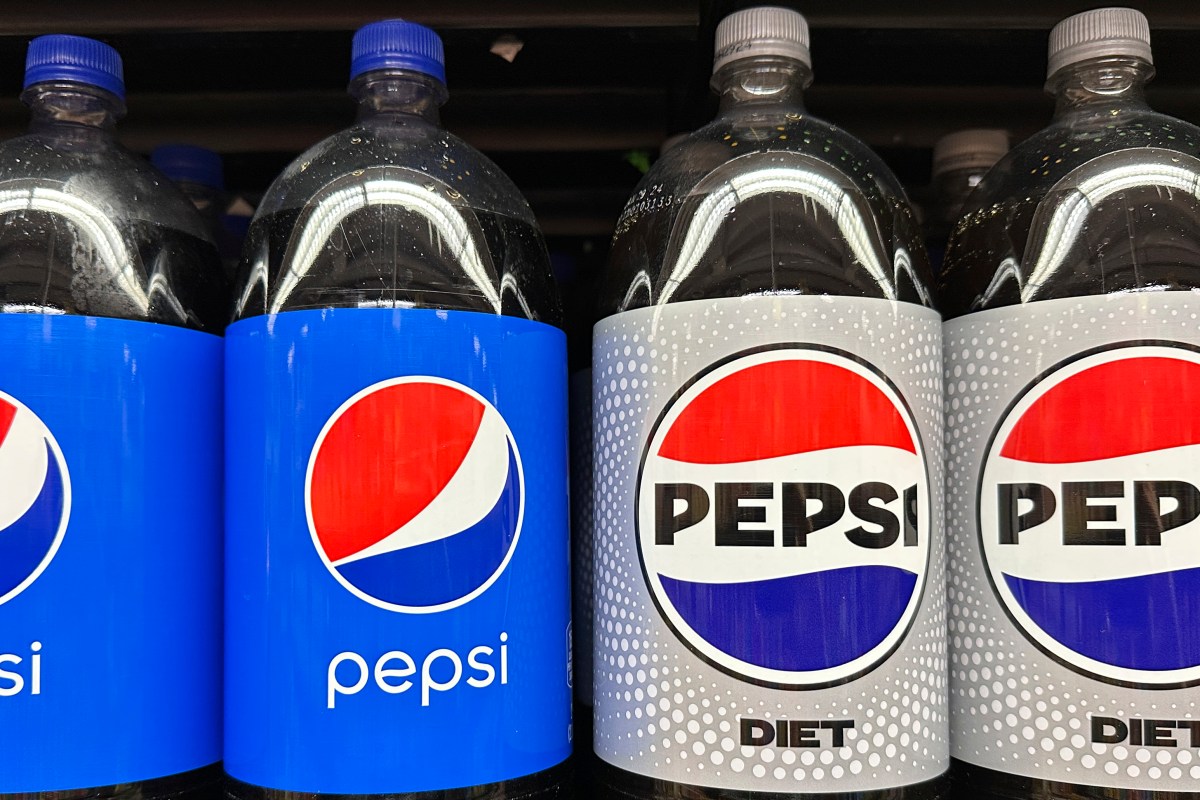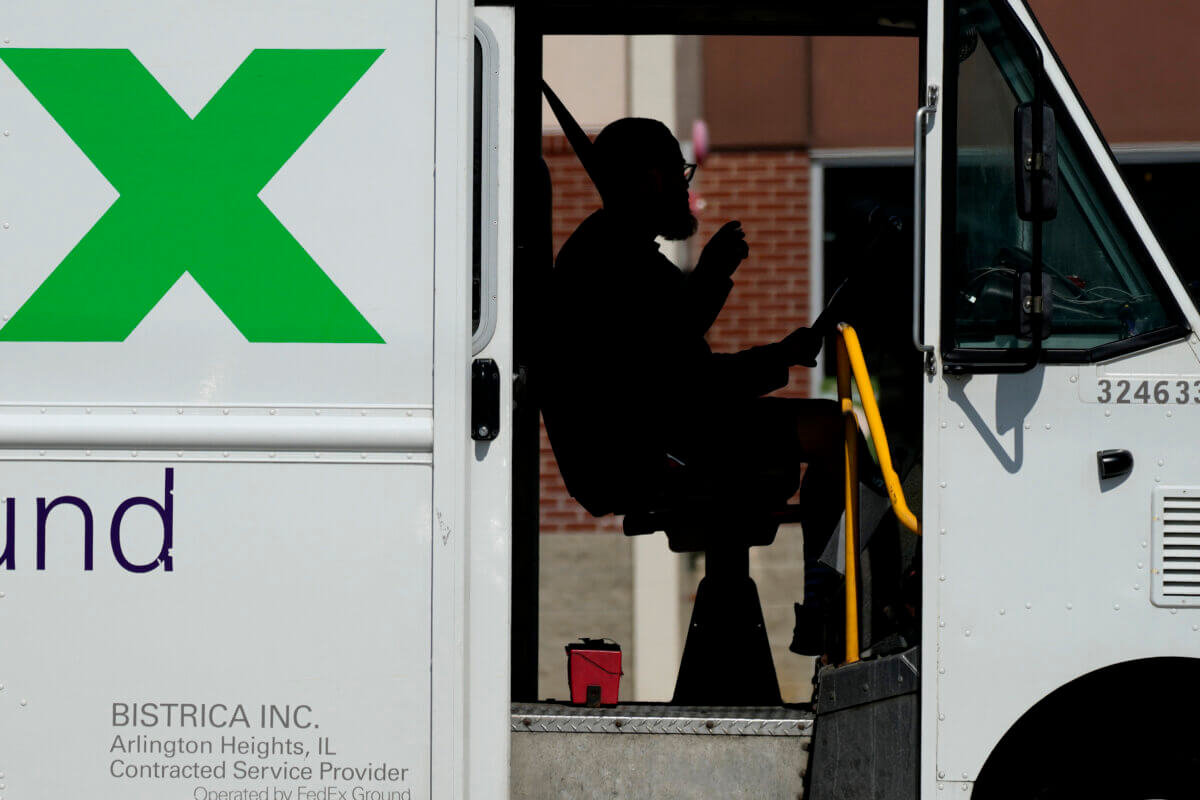(Reuters) – The U.S. central bank should keep interest rates at their current near-zero levels until the economy is back on track to full health, likely by late 2022 or sometime in 2023, Dallas Federal Reserve President Robert Kaplan said on Tuesday.
But because the U.S. economy is likely to change in unforeseeable ways over the next few years, he said, the Fed should not tie its hands on monetary policy after the coronavirus crisis has passed.
At that point, he said in an essay explaining his views, the Fed “should be willing to be more accommodative than in the past,” but it can do so even if it raises rates a bit.
“I believe there are real costs to keeping rates at zero for a prolonged period of time,” including excessive risk-taking and distortions in financial markets.
New tax, regulatory or trade policy; changes in the role of the dollar as the world’s reserve currency; and potentially accelerating technological disruptions could also impact how the economy works, and how the Fed will need to react, he said.
Left unsaid was one of the biggest near-term unknowns: whether Americans will reelect U.S. President Donald Trump on Nov. 3 or pick Democratic presidential nominee Joe Biden to replace him.
Each would have very different tax, trade, spending, and other policies with big implications for the economy’s trajectory.
Kaplan dissented earlier this month against the Fed’s decision to keep rates at zero until inflation reaches and is on track to “moderately exceed” the Fed’s 2% goal.
“I believe that we will learn a lot over the next two years about the impact of monetary policy on achieving our inflation goals,” Kaplan said.
The economy is recovering faster than expected, and with additional fiscal relief and a vaccine hopefully approved in the next several months, should see the unemployment rate falling to 5.7% by the end of 2021, and core inflation rising to 1.8%, Kaplan said. No further fiscal relief poses a downside risk to that forecast, he said.
(Reporting by Ann Saphir; Editing by Andrea Ricci)



















